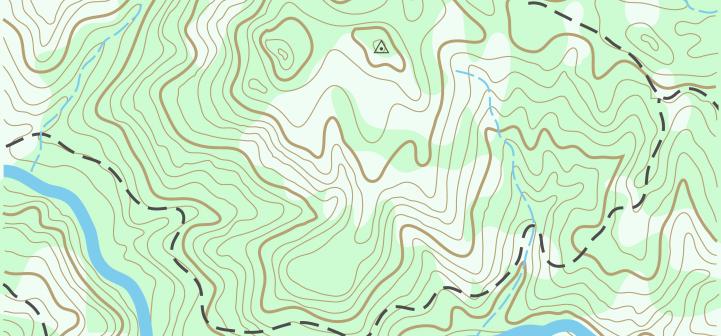Aerial imagery can be very useful in the classroom, public meetings, and land management planning and for general historical purposes. Aerial photography is one type of geospatial data that may require a large monetary investment. However, there are sources from which you may be able obtain aerial imagery for your area free of charge.
Most states have participated in national and statewide imagery programs since the middle 1990s (some have been involved even longer). Many of these states provide free imagery in 1 meter or 2 meter resolutions (pixel size) through a state imagery clearinghouse, and newer public domain aerial imagery may have an even finer resolution of 6 to 12 inches. If the aerial data contains metadata, you will be able to learn a great deal about the imagery, including its accuracy. Highly accurate aerial imagery can be used as base data in a Geographic Information System (GIS) to help spatially correct or reference other data.
Check your state, local, and regional governments for imagery in your state. Many regional and local governments have aerial imagery available free or at low cost. To determine the status of state-conducted imagery programs, contact your state GIS coordinator. This information can be accessed through the National States Geographic Information Council (NSGIC) Web site.
Another source of imagery is the National Geospatial Data Clearinghouses (NGDC). The primary function of these organizations is to catalog and make aerial imagery discoverable. Try the national Geospatial One Stop to identify a wide variety of NGDC options which may have imagery of your area.
The USDA, through the Aerial Photography Field Office (APFO), provides access to aerial photography acquired through the National Agricultural Imagery Program (NAIP). National Agricultural Imagery is a mosaic collection of 1-meter color, geo-referenced aerial photographs. These data can be streamed to your GIS application through an ArcIMS data service called the NAIP Data Viewer, or it can be downloaded (MrSid format) from the NRCS Geospatial Data Gateway. The NAIP imagery can also be ordered online. Most of this imagery is available for rural areas (sometimes urban areas are not available).
In addition, the United State Geological Survey (USGS) National Map and the USGS EROS Data Center have aerial photography available for download.
If you need an image primarily for spatially referenced visualization without analysis (e.g., placing an aerial photo in a report), the USGS and Microsoft and other partners have created an online mapping service called TerraServer-USA where you can obtain jpegs of USGS areal photos and scanned topographic maps with a “world file” (an associated text file with the geographic coordinates of the image).
Free imagery obtained from government or other sources has become incorporated into many popular Internet-based mapping applications. Many navigation services such as MapQuest and Google Maps have embedded imagery, as do very powerful imagery visualization applications like Google Earth, ESRI’s ArcGIS Explorer, Microsoft’s Virtual Earth, and NASA’s World Wind. These programs rely on both aerial and satellite imagery.
A great advantage of Internet-based mapping applications is that you can view and print aerial and satellite imagery without having to store the data on your computer (the imagery would take up a considerable amount of space on your hard drive). Some of these programs even provide the capacity to load your own images and GIS data onto the map, allowing you to work with and share your data online.
